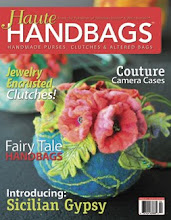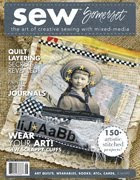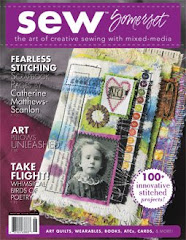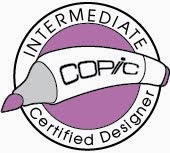This tutorial was made as an Optional Idea for Participation for my Facebook Group: Zentangle: Tangled & Journaled, Too! It can be altered to house other types of art besides tangling, so feel free to play with it, and have fun! To learn more about our tangling group that works in journals, please go here:
https://www.facebook.com/groups/761892257271670/https://www.facebook.com/groups/761892257271670/
1. Cut strips of paper. You may use any sturdy paper you wish; white, colored, scrapbook paper, cardstock, etc. For 2 inch square Bijou Size Tiles, cut your strips 3 inches tall. For Standard Size Tiles, cut your strips 4.5 inches tall. (You could also do this for ATCS or other size pieces by altering measurements, but to keep the directions simple, we will only be doing two different sizes in this tutorial.
2. For Bijou size accordion books/mini journals, mark and fold your strips of paper in 3 inch increments. (3in., 6 in., 9 in., etc.) Do not cut off any excess paper yet. The leftover part will be used to bind additional pages into your mini book/journal. For standard sized tiles, mark and fold your strips in 4.5 inch increments (4.5 in., 9 in., 13.5 in., etc.) again not cutting off excess. Fold your marked sections back and forth like an accordion.
3. Combine as many strips as you wish to make your book as long as you wish. Simply glue the last section of the first strip underneath the first section of the strip you wish to add on. When you have added all the strips you want, cut off any extra paper in the last strip that you do not need.
4. Tangle your tiles. They can be zentangles, zias, monotangles, wherever your tangling takes you. (Depending on the look you want and the paper you use, you might be able to tangle right on your book pages without gluing anything on your pages.)
5. Tangle your tiles. Attach your tiles to the pages of your mini accordion book in one of two ways. A) Glue them to the pages. or B) Cut small diagonal slits in the corner of the pages when the corners of the tiles will be and then tuck the corners under the slit. You can do this with two or four corners.
6. Optional: Tie a colorful ribbon to the outside of you book to keep it shut. If your accordion book is thick enough and your paper is sturdy enough, you may be able to secure it closed using the type of pony tail holder that stretches like a rubber band.













_md.jpg)





